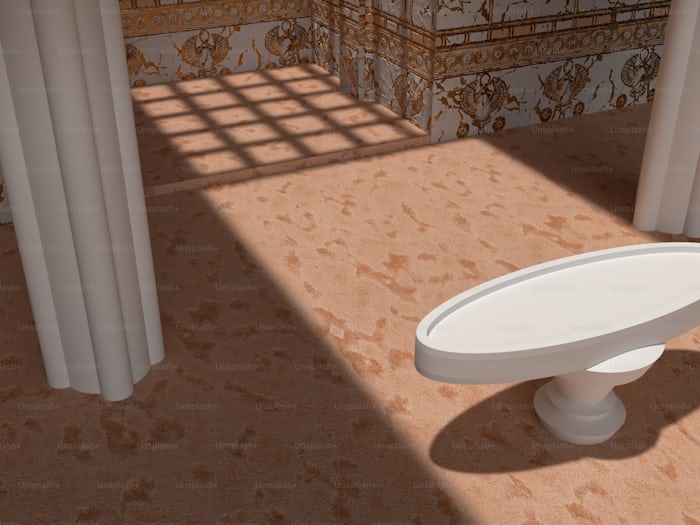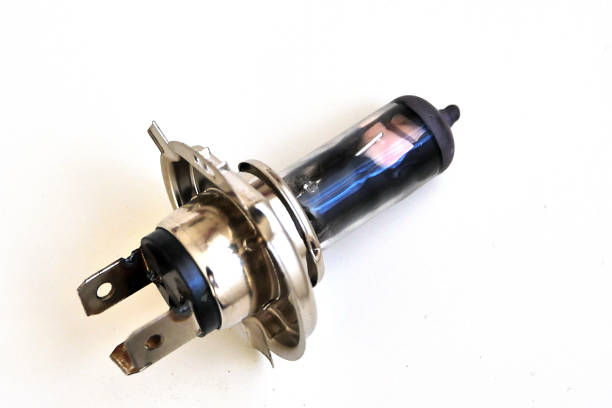When it comes to designing or remodeling a bathroom, one of the most crucial elements that can make or break the space is the tile. Bathroom tiles not only serve a practical purpose by protecting the walls and floors from moisture, but they also set the tone for the room’s entire aesthetic. From sleek modern designs to classic vintage looks, the right bathroom tile can transform a dull space into a stunning retreat.
In this guide, we’ll walk you through everything you need to know about bathroom tiles—from the different types, materials, styles, and sizes to how you can mix and match them to create a personalized, stylish, and functional space. Whether you’re just starting your bathroom renovation or looking to make a few tweaks, these insights will help you make the best decisions for your home.
Types of Bathroom Tiles
Choosing the right type of bathroom tile is the first step in the process. Tiles come in a variety of materials, each with its own pros and cons depending on your needs, budget, and style preference.
1. Ceramic Tiles
One of the most popular and versatile choices, ceramic tiles are known for their durability and cost-effectiveness. These tiles are made from natural clay and are available in a wide range of colors, finishes, and patterns. They’re a great option for floors, walls, and shower areas.
Pros:
- Affordable
- Durable and long-lasting
- Easy to clean and maintain
Cons:
- Can be slippery when wet unless a matte or textured finish is used
- May crack under impact
2. Porcelain Tiles
Porcelain tiles are a denser and more water-resistant alternative to ceramic tiles. Because they are fired at a higher temperature, they are incredibly durable and resistant to wear and tear. Porcelain tiles come in a variety of finishes, including matte, polished, and textured, making them a perfect choice for both floors and walls.
Pros:
- Highly durable and water-resistant
- Suitable for both indoor and outdoor use
- Stain-resistant
Cons:
- Can be expensive compared to ceramic
- Harder to cut and install
3. Natural Stone Tiles
If you’re aiming for a luxurious and timeless look, natural stone tiles like marble, granite, travertine, and slate might be the perfect choice. These tiles offer a unique texture and color variation that can add depth and richness to your bathroom design. However, they do require regular sealing to maintain their appearance.
Pros:
- Unique and elegant appearance
- Adds value to your home
- Long-lasting if properly maintained
Cons:
- Expensive
- Requires regular maintenance and sealing
4. Glass Tiles
Glass tiles are a modern and stylish option for bathroom backsplashes, shower walls, or accent areas. They are available in a wide range of colors and can reflect light, which makes small bathrooms feel larger and brighter.
Pros:
- Reflective, brightens up the space
- Easy to clean
- Resistant to stains and mold
Cons:
- Can be slippery when used on floors
- More expensive than ceramic or porcelain tiles
Bathroom Tile Styles and Patterns
Once you’ve selected the type of tile material that fits your needs, it’s time to think about the style, shape, and pattern. Whether your design is minimalist or intricate, these considerations will help shape the overall feel of your bathroom.
1. Subway Tiles
A timeless favorite, subway tiles are rectangular ceramic or porcelain tiles that are often used in a brick-like pattern. They are typically white but can be found in a variety of colors. Their simplicity makes them a great backdrop for any bathroom design, from modern to traditional.
2. Mosaic Tiles
If you’re looking for something more intricate, mosaic tiles are small tiles often used to create a pattern or design. Available in ceramic, glass, or natural stone, mosaic tiles are often used in shower floors, backsplashes, or as accent walls to add a unique and artistic touch to the space.
3. Hexagonal Tiles
Hexagonal tiles are another trendy option that can give your bathroom a modern and geometric look. They come in different sizes and colors, making them a versatile choice for flooring or walls. Larger hexagonal tiles work well for a bold statement, while smaller ones can be used for intricate designs.
4. Herringbone and Chevron Patterns
For a more dynamic and interesting look, you can arrange rectangular tiles in a herringbone or chevron pattern. This layout adds movement and texture to the bathroom and works particularly well in shower areas or backsplashes.
Choosing the Right Tile Size
Tile size is another important factor to consider. Larger tiles are often used on bathroom floors to create a seamless look and can make smaller bathrooms appear larger. On the other hand, smaller tiles, like mosaics, work well in areas like shower floors where a lot of grout lines are beneficial for traction.
- Large-format tiles: These tiles can be as large as 24” x 48” and work well for modern, minimalist designs.
- Small tiles: Typically under 6”, small tiles like penny rounds or hexagons are great for creating detailed patterns.
Mixing and Matching Tiles
One of the best ways to create a unique bathroom is by mixing and matching different tile types, materials, and sizes. Combining subway tiles with hexagonal or mosaic tiles can add visual interest without overwhelming the space. You can also play with different textures and finishes, such as pairing glossy wall tiles with matte floor tiles for a balanced look.
Tile Maintenance and Care
While bathroom tiles are generally low maintenance, they do require some care to keep them looking their best. Here are some tips to keep your tiles clean and in good condition:
- Regular Cleaning: Wipe down tiles regularly with a mild soap solution or a tile cleaner to prevent mold and mildew.
- Grout Maintenance: Grout can become stained over time, so it’s important to clean it regularly with a grout cleaner. Sealing grout once or twice a year can help prevent stains and damage.
- Avoid Harsh Chemicals: Natural stone tiles require special care, as harsh chemicals can damage their surface. Stick to pH-neutral cleaners for natural stone tiles.
Bathroom Tile Trends

Bathroom tile trends evolve every year, but here are some of the most popular trends currently making waves:
- Matte finishes: These tiles are less reflective, making them perfect for a calm and understated look. Matte tiles are also easier to maintain as they show fewer water marks and smudges.
- Bold patterns and colors: While white and neutral tones are still a classic choice, more homeowners are opting for bold patterns, graphic designs, and vibrant colors to make a statement.
- Textured tiles: Whether they mimic the look of wood or feature raised designs, textured tiles are becoming increasingly popular for adding depth and dimension to a bathroom.
Conclusion
Choosing the right bathroom tile can be a fun and rewarding process, but it requires careful consideration of materials, styles, patterns, and maintenance. Whether you opt for classic subway tiles, elegant marble, or modern glass, the key is to balance aesthetics with functionality to create a bathroom space that you’ll love for years to come. By mixing and matching tile styles, considering size and texture, and taking care of your tiles properly, you can transform your bathroom into a beautiful, functional, and long-lasting retreat.




